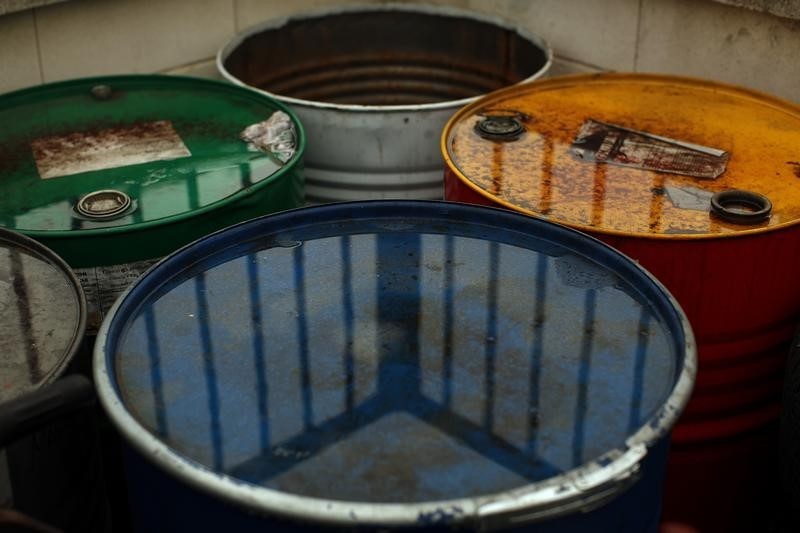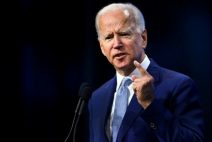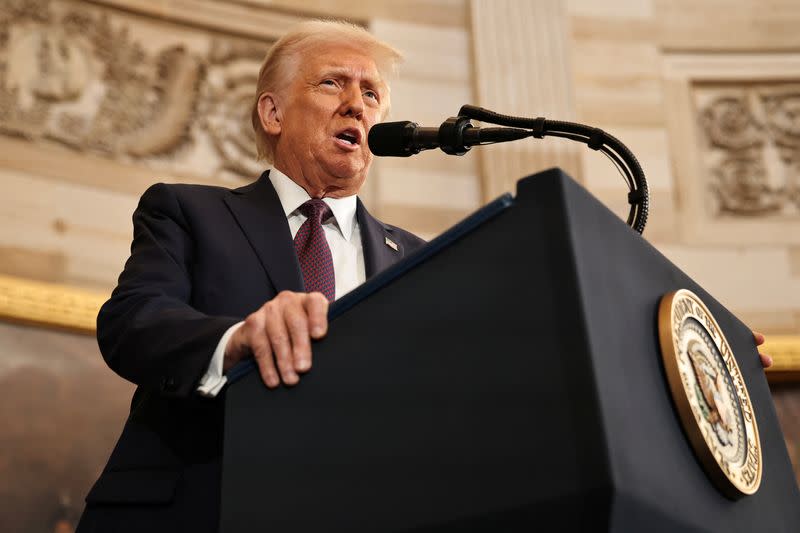Crude oil prices in much of the world's physical markets have started the year with a rally amid signs of more buying from China after it eased COVID-19 restrictions and concern that sanctions on Russia could tighten supply.
China, the world's biggest crude importer, started rolling back its zero-COVID policy in early December in a development the International Energy Agency (IEA) expects will boost global oil demand this year to a record high.
At the same time, a European Union ban on Russian crude imports which took effect in December will be broadened to include refined fuels from Feb. 5, and is expected to further tighten supply from Russia.
The rally in physical crude suggests underlying support for the gains seen this year in crude futures markets. Global futures benchmark Brent crude LCOc1 rose as high as $88.66 a barrel on Monday, the highest since December.
"It's been a fast turnaround from December," he added. "I'm sure Russian supply uncertainty is also part of it."
In the North Sea, Forties BFO-FOT crude has risen to a premium of 30 cents to the global physical benchmark, dated Brent, from a discount of 92 cents at the start of the year. Forties is the crude which most often sets the value of dated Brent.
In West Africa, offers for light, sweet Nigerian oil have risen, with sellers of Nigerian Qua Iboe BFO-QUA looking for around dated Brent plus $3.00 a barrel, up by more than $1 from levels in December, although sold prices have fallen short of the offers.
Values for Angolan cargoes, which weakened in December to the lowest in more than two years on thin demand, have also rallied in January. Girassol BFO-GIR crude has risen to around parity with dated from minus 80 cents in December, traders said.
Mars Sour WTC-MRS, a key U.S. sour crude grade, gained to trade at a $2.50 discount to U.S. crude futures CLc1 last week, the highest it has been since Nov. 17.
Meanwhile, WTI Midland WTC-WTM, a light, sweet crude, traded as high as a $1.70 premium to U.S. futures last week, its strongest since Nov. 8.
The discount of U.S. crude future discount to international benchmark Brent WTCLc1-LCOc1 widened last week to as much as $6.00 a barrel, the widest discount since Dec. 1.
The wider spread between the two benchmarks makes U.S.-linked grades more attractive to foreign buyers and tends to push demand for U.S. crudes higher.



















